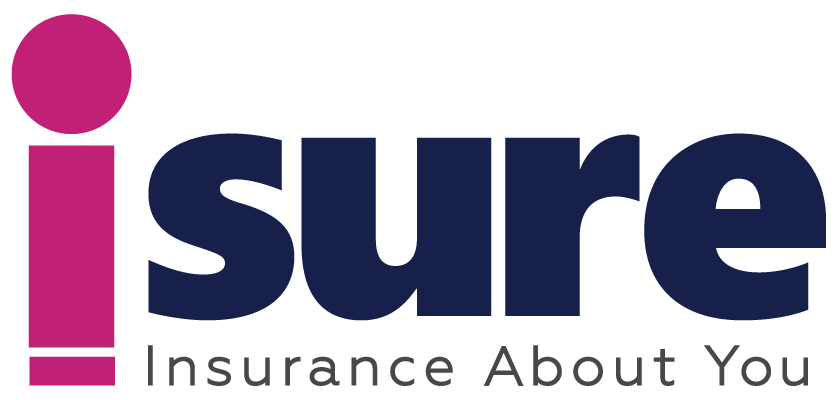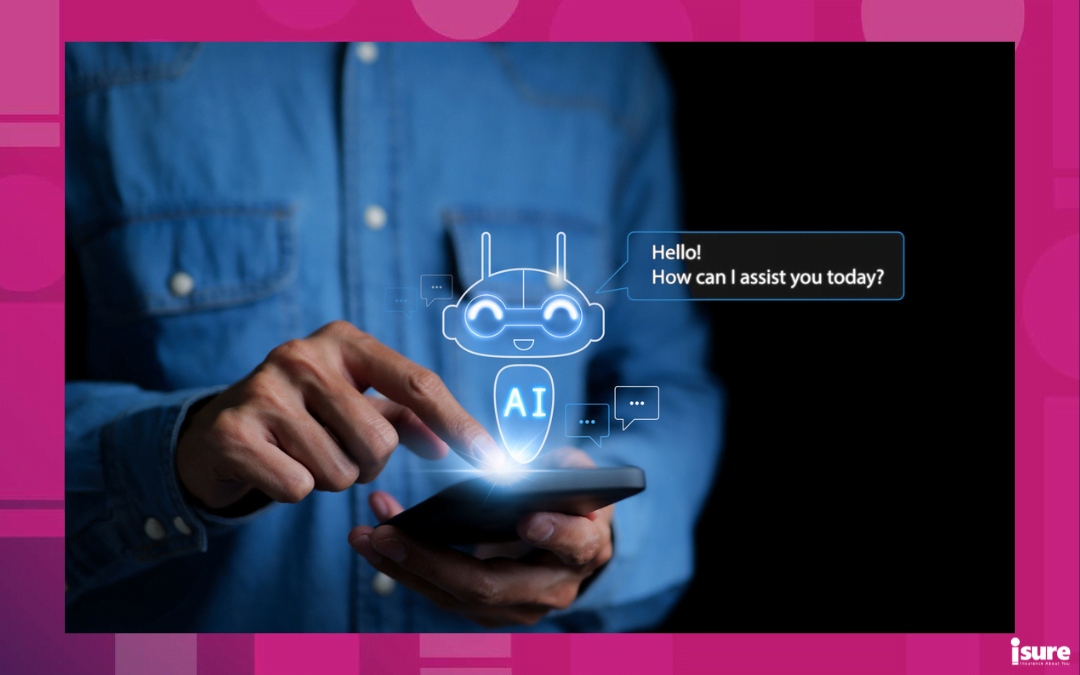Artificial intelligence has become a hot topic as of late. Regardless of what you think about using AI, no one can dispute that it’s here to stay. Businesses of all sizes have found great benefits from utilizing it, and consumers across the globe use it in their daily lives. But even people who are excited about it are asking the question: what, exactly, are the benefits and risks of AI for my business? In this article, we’ll discuss the advantages and disadvantages of adopting AI, both in your daily life and in your business.
What are the benefits and risks of AI?
There are always benefits and risks to adopting any new technological advancement. There is a ton of debate about incorporating AI into our lives at every level. The advantages range from streamlining, saving time, eliminating biases, and automating repetitive tasks, just to name a few. Disadvantages of AI include costly implementation and the potential human job loss. To better understand what is at stake, let’s try and separate the fact from the fiction.
Benefits of utilizing AI
Everyone knows that AI gives businesses an edge. Canada is a world-leading artificial intelligence research hub with high-growth career opportunities. More than 35,000 new innovative jobs are expected to be created over the next five years. Working in AI in Canada means collaborating with academics, private sector and government. Let’s examine some of the advantages it offers to businesses:
1. Eliminates human error and potentially harmful risk
The first major benefit of implementing AI is that it decreases human error, as well as potential risk to humans. Everyone makes mistakes on occasion – which is not always a bad thing. However, when it comes to producing consistent results, using AI to complete tasks can prevent human error and eliminate unnecessary risk of injury or harm to individuals performing difficult or dangerous tasks.
2. 24/7 availability
AI programs are available at all times. Machines can work all through the day and night without needing a break. AI-powered chatbots can provide customer service, even during off-hours. This can help companies improve production and provide a better customer experience than humans can provide alone.
3. Unbiased decision-making
Humans disagree and allow their biases to leak through in their decisions all the time. On the other hand, an AI program will be able to make decisions without the influence of bias. This is, however, contingent upon the AI algorithm being trained to use unbiased datasets and to test for any bias of the programmer. It can help provide more equity in situations like selecting job candidates, and approving loans or credit applications.
4. Repetitive jobs
Even the most interesting job in the world has its share of mundane or repetitive tasks. This may include entering and analyzing data, or verifying information. Using an AI program can save people from the boredom associated with repetitive tasks and allow us to have more time and energy for more creative ones.
5. Cost reduction
Labour can be a very costly chunk of a business’ bottom line. AI can work around the clock, creating more value in the same day than a human worker. Therefore, workers have more time to dedicate to higher-skilled tasks. That, ultimately, creates more value for your business’ consumer.
6. Data acquisition and analysis
AI algorithms can help when it comes to processing data. It can process higher volumes of complex data, making it usable for analysis.
How can AI be used for businesses?
There are dozens of possible examples of AI currently in business. A list of possible AI uses outlined on Tableau.com are as follows:
- Early diagnosis of diseases in healthcare: Using AI that analyzes patterns and data to predict when/how a patient is likely to develop a specific disease.
- Virtual assistant chatbots in customer service: Take over simple and common requests, freeing up people for more complex ones.
- Early detection of fraud in financial institutions: Last year, TD Insurance introduced AI-based fraud prevention technology to aid in the detection of suspicious claims. The automated fraud detection technology conducts fraud risk scoring in real-time, and flags potential claims much more efficiently and quickly.
- Creation of predictive analysis: Helping your business forecast future possibilities, thereby helping to prevent poor decisions.
Risks associated with Artificial Intelligence
While the advantages of adopting AI for your business may seem like an intelligent choice. However, it is important to consider the potential risks of making such a drastic change first:
1. Costly implementation
The biggest and most obvious drawback of implementing AI is that its development can be extremely expensive. Depending on what exactly you need AI to do, the cost changes. One estimate says that the cost for a fully-implemented AI solution for most businesses ranges from $20,000 to well in the millions. The up-front cost can be intimidating, if not prohibitive, for you and your business. However, once fully implemented, it may balance out in the end.
2. Lack of emotion and creativity
While AI offers speed and efficiency, it lacks a human’s ability to use creativity in decisions. This lack of creativity means AI can’t create new solutions to problems or excel in any overly artistic field. At this present stage of AI development, it can be programmed to create “novel” ideas, but not original ones. If your company is looking for a new or creative solution to a problem, humans are better capable of providing that solution. Likewise, AI lacks the ability to take into consideration emotions when making sensitive decisions. It can only make the most optimal decision based on the parameters with which it has been provided. Some may argue that it is, in fact, a benefit, not a shortcoming. However, compassion and kindness are both inherently human traits that do have their place in the business world.
3. Degradation
Machines generally degrade over time. While this may not be as obvious of a downside as the ones cited above, it is a liability all businesses need to consider. Eventually the parts of the machine will start to wear. And unless the AI has a self-repairing function, it will eventually break. Likewise, the AI itself can become outdated if not trained to learn and be regularly evaluated by human data scientists.
4. No improvement with experience
Perhaps one of the greatest advantages to humans is their capacity to learn and improve from their mistakes. As of right now, AI can’t naturally learn from its own experience and mistakes. However, creating an AI that can learn on its own is both extremely difficult and quite expensive. But without the programming to learn on its own, AI will need human intervention to help it improve over time.
5. Reduced jobs for humans
Perhaps one of the greatest barriers to the acceptance of AI in the workforce is the threat it will decrease available jobs. AI can easily handle repetitive tasks that have previously (and are currently) being done by humans. However, many reports are now showing that AI will likely create just as many new jobs as it makes obsolete, if not more. But then you run into the problem of having to train humans on these new jobs, or leaving workers behind with the surge in technology.
6. Ethical issues
One of the most common ethical problems people cite is concerns around consumer data privacy. As AI is good at recognizing patterns, it can gather data on people, even without direct access to personal information. Many wonder how do we protect consumer privacy with the rapid evolution of AI? Most experts point to five major areas of concern when it comes to the ethical use of AI. Most of those areas revolve around how AI and humanity interact, or what effect AI can have on the future of consumers:
- Consumer privacy: Both the government and many major businesses collect private consumer data, despite our right to privacy. The issue being data collected by and for AI has the ability to outlast the companies that use it, and/or the humans to whom the data belongs in the first place.
- Surveillance: Surveillance practices for data gathering and privacy of users.
- Transparency: Lack of transparency of AI tools i.e. its decisions are not always intelligible to humans.
- Bias: AI is not neutral, meaning its decisions are susceptible to inaccuracies, discriminatory outcomes, embedded or inserted bias.
- Automation: In order to ensure the workforce can keep up with changes brought on by automation, companies will have to consider vocational training for employees that would otherwise be laid off. Otherwise, the AI-provided automation will still cause the devastation to the workforce.
Benefits and risks of AI: Final thoughts
As the adoption of artificial intelligence increases, this technology has the potential to revolutionize a wide range of industries. AI has the power to reshape industries through improved automation and analytics capabilities, as well as uncover new revenue sources. It’s important for businesses to understand the benefits and risks of AI. Knowing both the advantages and disadvantages will allow for a better, more efficient, and ethical use of AI in the workplace.




